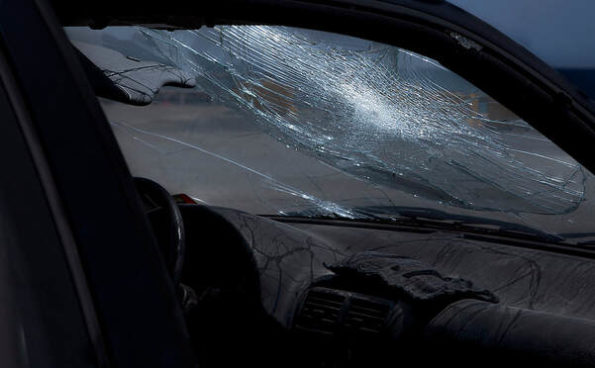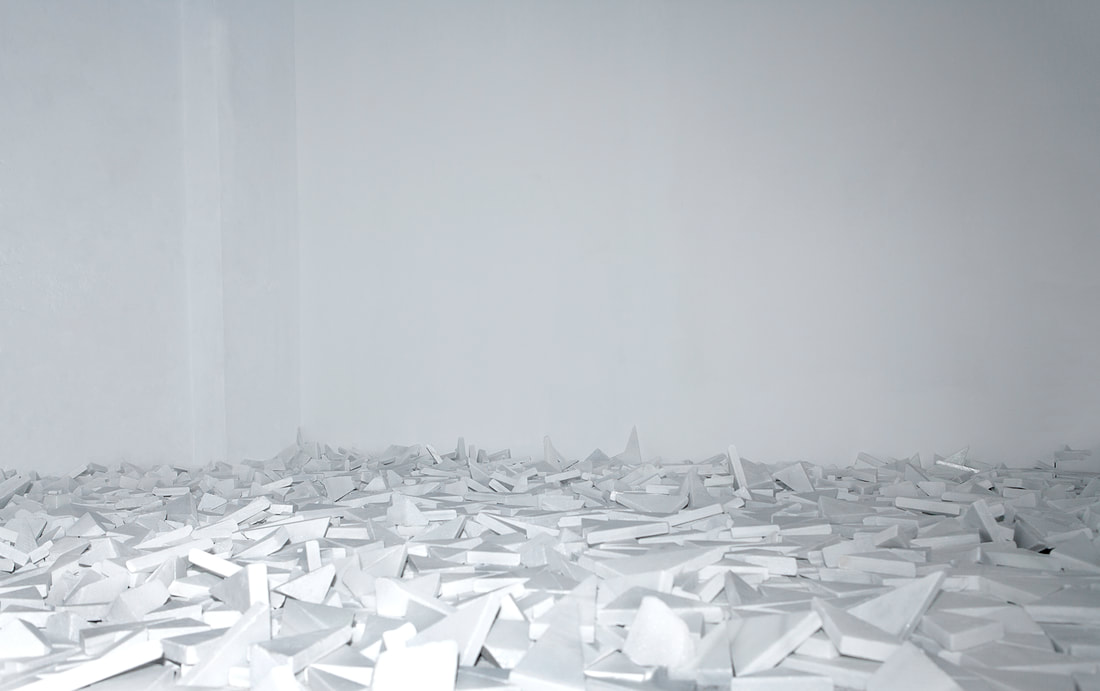Search
To search for an exact match, type the word or phrase you want in quotation marks.
A*DESK has been offering since 2002 contents about criticism and contemporary art. A*DESK has become consolidated thanks to all those who have believed in the project, all those who have followed us, debating, participating and collaborating. Many people have collaborated with A*DESK, and continue to do so. Their efforts, knowledge and belief in the project are what make it grow internationally. At A*DESK we have also generated work for over one hundred professionals in culture, from small collaborations with reviews and classes, to more prolonged and intense collaborations.
At A*DESK we believe in the need for free and universal access to culture and knowledge. We want to carry on being independent, remaining open to more ideas and opinions. If you believe in A*DESK, we need your backing to be able to continue. You can now participate in the project by supporting it. You can choose how much you want to contribute to the project.
You can decide how much you want to bring to the project.

When the magnate William Randolph Hearst felt like taking a Segovian monastery to his Miami Beach mansion, he had no choice but to hire the services of Arthur Byne, an art dealer, to make do with the government of Primo de Rivera. Just a century ago, in Spain, Mudejar coffered ceilings, Gothic arcades and Romanesque cloisters were being taken out by boat “stone by stone”. If it were not for the plundering, this absurd effort to literally reconstruct a work, ignoring the context that gives it meaning, would be endearing to us.
During Gallery Weekend in Barcelona I was able to see Out of Place. Walking on an unstable floor, an installation by Violeta Mayoral and Arnau Sala Saez in the auxiliary space of the EtHall gallery (which, descriptively, is called 17m2). This is a small room at street level that has been filled with Macael marble triangles and in which a piece of sound art is reproduced. In order to experience it properly, the visitor must enter the room walking on the marble, since the speakers are arranged so that you can only hear as you should if you stand between them. This produces two singular effects: first, discomfort, because the passage must be adapted to the instability of the pavement. Before reflecting on the symbolic load of marble in the fine arts, the visitor has a clear thought: that seems hard and sharp and a false step can have catastrophic consequences. The second is that walking makes noise, because the small triangles are compacted and hit one against the other under the weight of the spectator. This mineral sound is integrated into the industrial sounds, the beeps, the whistles as if it were a router of the 2000’s and the insistent ringing of the sound piece, generating a sensation that I would not know whether to describe as distressing or simply disconcerting (an impression that is increased thanks to the small astuteness of placing two speakers behind the back wall, making the spectator not know very well where what he is hearing comes from).

The remnants of a stonemasonry workshop do not have the presence of a monastery, but they are also transferred “stone by stone”. The emptiness they leave behind is, however, similar: they are not plots of land, but they are quarries; empty mountains. I imagine that the journey between Almería and l’Hospitalet has been laborious, almost as much as cutting the marble in those little triangles that we step on, bristly or flat. The sensation of unreality and confusion that is experienced within the installation (what am I doing here, what is this doing here, where are they coming from and what are those sounds?) does not diminish its immersive capacity (a common risk in Martian proposals, which are taken away from the public as pure strangeness). The transfers -that is, the decontextualizations- cause us indifference thanks to the long Western tradition of looting and pillaging. This, however, does not reduce their violence, but rather tames it in the eyes of the viewer. Contemporary art has experimented on numerous occasions with disorientation and mirages, often using digital languages or dystopian aesthetics. It is interesting how Mayoral and Sala Saez’s proposal manages, through concrete and everyday resources (in the arts) such as marble and walking, to revitalize these conflicts.
The documentation of the exhibition explains that the project starts from a photograph (which can be seen in the gallery’s office) of a windshield broken by a blow. A big crash. Without a doubt, this is an accessory information, which concretizes (and therefore limits) the interpretation of a work that offers us a valuable moment of perplexity in a very strange place raised just two steps away from the street.

Joaquín Jesús Sánchez (Seville, 1990) is an art critic, writer and freelance curator. A graduate in Philosophy and holder of an MA in the History of Contemporary Art and Visual Culture, he contributes to prestigious publications, both in Spain and abroad, and in other lesser known sources. Besides researching compelling and complex subjects, he devotes much of his time to trying to memorise Borges’s oeuvre and is fascinated by gastronomic literature. You can follow his exciting adventures at www.unmaletinmarron.com.
"A desk is a dangerous place from which to watch the world" (John Le Carré)